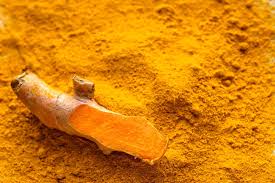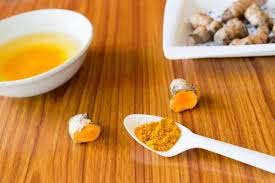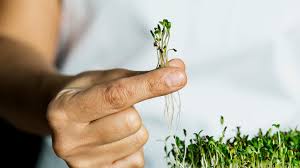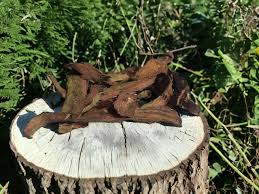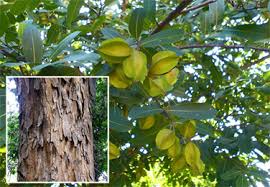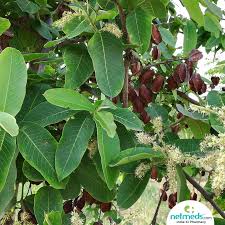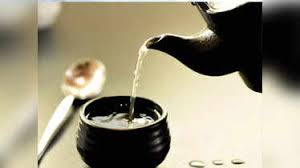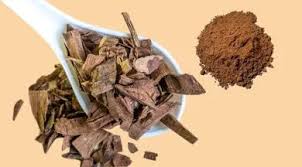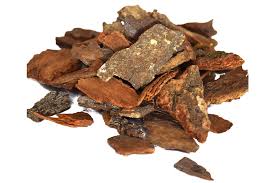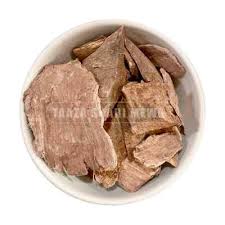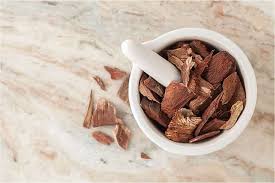Arjun Chaal in Modern Medicine: What Science Says
Arjun Chaal—also known as Terminalia arjuna—has been a revered herb in Ayurvedic medicine for centuries, particularly for heart-related ailments. While traditional systems have long endorsed its use, modern science is now catching up, validating many of its ancient claims through clinical research and pharmacological studies. From cardiovascular support to antioxidant, anti-inflammatory, and antimicrobial effects, Arjun Chaal has gained a respected position not only in Ayurveda but also in modern integrative medicine.
At Dirghaanshi, our mission is to bridge ancient wisdom with modern science. In this in-depth article, we explore the scientific research and clinical findings related to Arjun Chaal and highlight how this herbal powerhouse is influencing modern pharmacology, medical therapies, and global health trends.
Long Description
Botanical Overview: What is Arjun Chaal?
Botanical Name: Terminalia arjuna
Family: Combretaceae
Common Names: Arjuna bark, Arjun tree, Dhavala (Sanskrit)
Part Used: Bark
Traditional Uses: Heart tonic, blood purifier, wound healing, fever reducer, anti-inflammatory
Arjun Chaal has long been recognized in Ayurveda for its ability to strengthen the cardiovascular system (Hridaya) and regulate Pitta and Kapha doshas. It contains bioactive compounds like flavonoids, tannins, saponins, gallic acid, ellagic acid, and phytosterols, which are responsible for its medicinal properties.
Key Areas Where Modern Medicine Acknowledges Arjun Chaal
- Cardiovascular Health
✅ Modern Research:
Journal of Ethnopharmacology (2003): Terminalia arjuna bark extract has been shown to improve left ventricular ejection fraction and reduce symptoms in patients with chronic heart failure.
Indian Heart Journal (2015): Clinical trials showed a significant decrease in total cholesterol, LDL cholesterol, and triglycerides in patients using Arjun bark extract.
Mechanisms: Arjun Chaal acts as a cardioprotective agent by reducing oxidative stress, enhancing nitric oxide production (vasodilation), and improving heart muscle function.
🩺 Applications:
Coronary artery disease (CAD)
Hypertension
Angina (chest pain)
Congestive heart failure
- Antioxidant Properties
✅ Modern Research:
A study published in the International Journal of Pharmaceutical Sciences revealed that Arjun Chaal has strong free radical scavenging activity due to its high polyphenol content.
Mechanism: The flavonoids and tannins protect cells from oxidative damage and aging.
💡 Benefit:
Slows down cellular aging
Protects organs like heart, liver, and brain from oxidative stress
Useful in lifestyle diseases like diabetes and cancer
- Anti-inflammatory and Analgesic Effects
✅ Modern Research:
Animal model studies have shown that Arjun Chaal significantly inhibits inflammation caused by carrageenan-induced paw edema.
Mode of Action: Inhibits pro-inflammatory mediators like prostaglandins and cytokines.
🔥 Application:
Helps in conditions like arthritis, joint pain, soft tissue inflammation, and even acne-related inflammation.
- Lipid-Lowering and Antihyperlipidemic Action
✅ Modern Research:
A clinical study published in Phytotherapy Research reported that patients using Arjun Chaal bark powder experienced a reduction in LDL cholesterol and increase in HDL (good cholesterol).
It also reduces serum triglyceride levels, thus reducing cardiovascular risk.
🩸 Use Case:
High cholesterol
Obesity-linked cardiovascular risk
Metabolic syndrome
- Hepatoprotective (Liver-Protecting) Properties
✅ Scientific Insight:
Animal trials have shown Arjun Chaal’s potential to protect the liver against damage caused by toxins like carbon tetrachloride and paracetamol.
Mechanism: Stabilizes cell membranes and promotes regeneration of liver tissue.
🧬 Practical Implication:
Can be integrated into liver detox programs
Helpful in conditions like fatty liver or mild hepatitis
- Antimicrobial and Antifungal Action
✅ Modern Studies:
A 2020 study in the Journal of Medicinal Plants Studies demonstrated that Arjun Chaal extract exhibits antibacterial activity against E. coli, S. aureus, and fungal strains like Candida albicans.
Conclusion: Arjun can be used as a natural alternative to chemical-based antimicrobials.
- Anti-Ulcer and Gastroprotective Effects
✅ Research Highlights:
Arjun bark extract has been found to reduce gastric ulcers in experimental studies.
It works by enhancing mucosal defense, reducing acid secretion, and fighting free radicals.
🌿 Applications:
Gastric ulcers
Hyperacidity
Acid reflux
- Bone and Muscle Strength
Though traditionally used internally, Arjun Chaal is gaining modern acceptance as an external agent in oils and liniments for muscle recovery and bone health.
Topical Use: In Ayurvedic oils for arthritis and fractures
Scientific View: Its anti-inflammatory and astringent actions aid in joint lubrication and tissue repair
Phytochemical Constituents Backing These Properties
Major Bioactive Compounds:
Compound Medicinal Action
Tannins Astringent, antimicrobial
Flavonoids (arjunolone, luteolin) Antioxidant, anti-inflammatory
Saponins Cardiotonic, lipid-lowering
Gallic acid Antioxidant, liver protector
Ellagic acid Anti-cancer, anti-inflammatory
Phytosterols Cholesterol-lowering
Comparison: Ayurveda vs. Modern Research
Benefit Ayurvedic View Scientific Validation
Heart Health Hridaya Rasayana (heart rejuvenator) Improves cardiac output, reduces cholesterol
Skin Health Rakta Shodhana (blood purifier) Antibacterial, antioxidant
Detoxification Balances Pitta, supports liver Hepatoprotective, anti-inflammatory
Pain Relief Anti-Vata, reduces stiffness Reduces inflammation, analgesic
Stress Relief Balances doshas, cools mind Neuroprotective, anti-anxiety potential
Modern Therapeutic Forms of Arjun Chaal
Capsules/Tablets: Standardized extracts in 250–500 mg
Liquid Extracts (Tinctures)
Topical Oils for Pain Relief
Teas/Decoctions for Heart and Liver Support
Cosmetic Applications (Anti-aging creams, anti-acne lotions)


